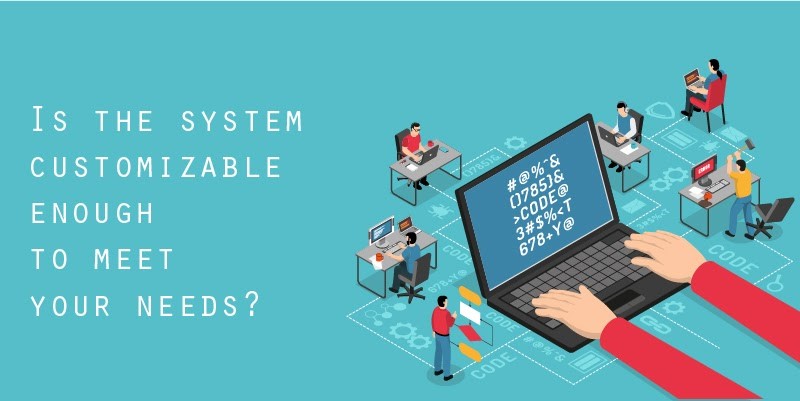Choosing new software requires a lot of market research in order to find the best fit. Everyone wants to spend their money judiciously while purchasing software that suits their requirements. With the average SMB (small and midsize) spending 6.4% of its annual revenue on IT expenses, making an informed and educated decision on which software to buy is incredibly important for your business and budget.
But how do you go about making the right decision on what software to buy?
Whether you’re looking to invest in a new tool or you’re looking to replace a current product, here are 5 things to consider before buying software. Use these tips to help guide the software buying process. Make your team feel confident when making the final decision on what software to add to your tech stack.
1) Value as well as the Software cost
Pricing is integral to any business decision, but it shouldn’t be the only factor you consider. Your decision being based on price point alone may not ensure your business is getting the most value. Remember, a software’s price does not always correlate with its value.
Purchasing more expensive software because it has a long list of extra features isn’t necessarily the correct move. As many of those features might not even apply to your business or be usable by your particular system. When considering the price point, begin with a basic budget and decide on your “must have” features within your price point. Then make a “nice to have” feature list and a “don’t need” list. This will help you get a better understanding of the value a software brings to your business.
When looking into products at the lower end of your budget, be wary of software that can’t grow with you. Project what your business needs may be in 5 or 10 years, and see how the software costs will increase with an expanded number of users, processes, or products. You may find that the cheaper product becomes incredibly expensive compared to other options. Thinking ahead into the future when making a software decision will help your team choose a product that can be used long term.
2. User Friendliness and Flexibility
Customer Support Software should always be such that it helps in solving problems rather than making them more complicated. Thus, always keep focus on choosing a user-friendly product. Look for customer support software that offers a streamlined workflow that’s easy to use as well as will prevent your employees from making errors.
The UI, flow of the product should be intuitive, easy to use and navigate.
Also, how easy is it to install this software?
Software can be installed on a self hosted server or Cloud hosted server provided by a service provider.
To see & choose based on the needs of your organisation which option you want to go with. Even if you are going with a self hosted product. Will the service provider support you in installation of the product and do the installation on yourserver.

3. Is the system customizable enough to meet your needs?
Every business is unique and has their own processes. Is the Helpdesk software you are purchasing covering all your requirements? And if not, is there a scope of customisation to cover the missing requirement?
Customisation is not offered by all players, Many Saas based products don’t offer customization. How important are these features or customisation to your needs?
Normally Customisation development will be 2% to 10% of the overall product. This can help to integrate the new software within your environment better and help you get everything you want in a product.
Keep in mind customisation is charged extra and not everyone offers it.

4. Do they provide a Structured Support Process?
One of the major factors to consider while choosing a customer support software for your organization is if the provider offers technical support and training. You would require a good, streamlined training program to train your employees so that they can start using the software as soon as possible.
For an organisation it’s also important to have direct access to an Account Manager, who is one point of contact and understands the needs and requirements of the organisation. Account Manager can offer more personalised support and hand holding which is important for success of implementation of new products within an organisation.

5. Multi Channel Support
Today a customer can get in touch with your organisation in so many different ways. Such as email, telephone, WhatsApp, live chat, etc. Choosing a help desk which supports the channels via which your customer gets in touch with you, would be important. To also see the world is fast changing, is the help desk also growing and evolving with these needs.
Helpdesk has to continually keep adding support for more and more channels and ways customers can get in touch with you. So that customer can choose their favourite communication app and your team still can reply to this customer from the helpdesk.


